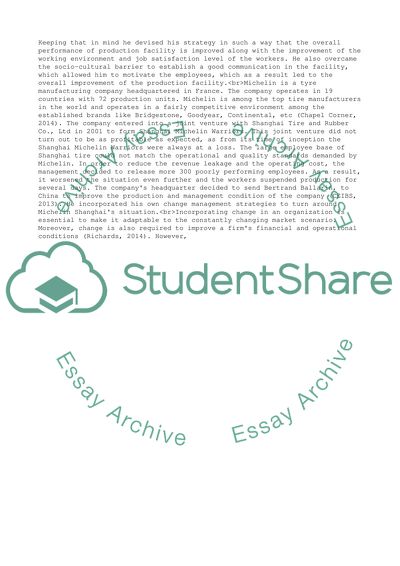Cite this document
(Change and Leadership Study: Case Study of Michelin 1021 Essay, n.d.)
Change and Leadership Study: Case Study of Michelin 1021 Essay. https://studentshare.org/management/1855466-change-and-leadership-study-case-study-of-michelin-1021
Change and Leadership Study: Case Study of Michelin 1021 Essay. https://studentshare.org/management/1855466-change-and-leadership-study-case-study-of-michelin-1021
(Change and Leadership Study: Case Study of Michelin 1021 Essay)
Change and Leadership Study: Case Study of Michelin 1021 Essay. https://studentshare.org/management/1855466-change-and-leadership-study-case-study-of-michelin-1021.
Change and Leadership Study: Case Study of Michelin 1021 Essay. https://studentshare.org/management/1855466-change-and-leadership-study-case-study-of-michelin-1021.
“Change and Leadership Study: Case Study of Michelin 1021 Essay”. https://studentshare.org/management/1855466-change-and-leadership-study-case-study-of-michelin-1021.


